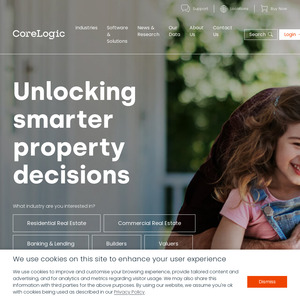Evening all,
I ran the free core logic report for my place. And then i ran it for the same house further up in the street. To my surprise, their house was "worth" 50K more. Note that this is the EXACT same home, same building footprint. I know they have amended the inside and reduced the number of bedrooms (they have 4, i have 5).
Looked into more detail, their building footprint is listed as as 237sqm, mine is listed as 193sqm. Interestingly, my plans state 254sqm.
Weird, but maybe an anomaly. So, i looked into a previous place i lived at, a series of townhouses (all identical). An easy $5 to 10K difference between identical properties. I am not going to list all the properties for privacy reasons, but as you may know, whatever you fill in on the police bank site is not validated, so feel free to run a check yourself.
CoreLogic dumps this statement on their documents
Estimated Value as at 10 June 2024. An automated valuation model estimate (Estimated Value) is a statistically derived estimate of the value of the subject property. An Estimated Value must not be relied upon as a professional valuation or an accurate representation of the market value of the subject property as determined by a valuer.
But, we all know lenders do rely on these valuations. And if CoreLogic's data does not make sense, how can I have any faith in the lenders estimation of an LVR?
Does anyone have any idea of what goes into a CoreLogic valuation? What are the inputs to their algorithm?

Yeah it’s a tough spot - they can only work with the data they have, no matter how inaccurate that source data is.
Fwiw, one of the main sources is realestate web listings - so interestingly enough, a big chunk of this valuations industry is based on the data that a real estate agent enters/markets a property with…. Which all have the same “this information is totally inaccurate” wavers
Edit; they also use “valuer general” data released by each state for sale and rental pricing… but of course, that won’t tell them if it’s got a pool, 3 living areas, or a gold mine in the backyard